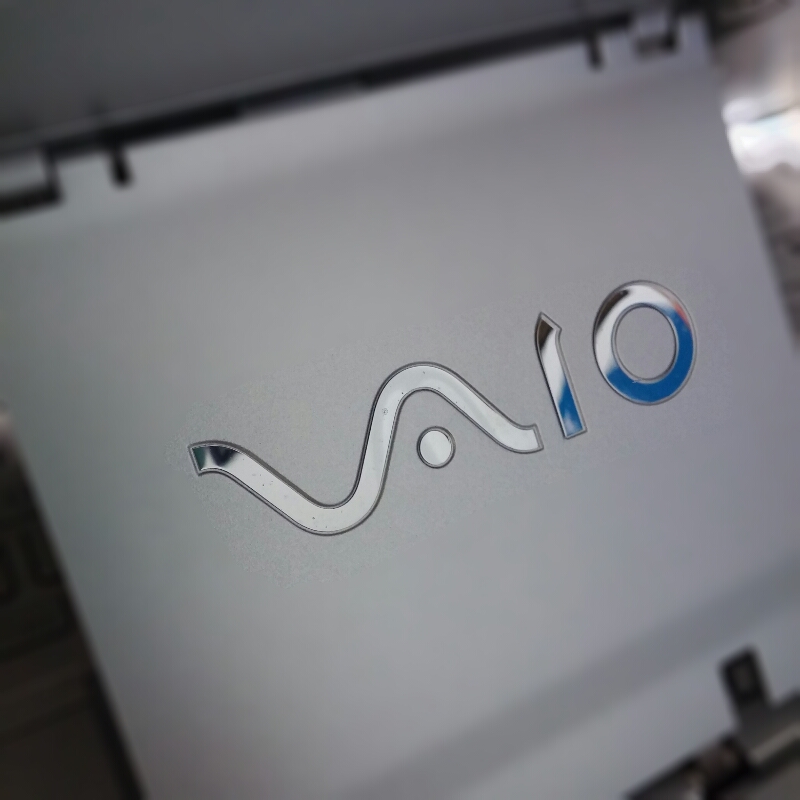while browsing through the NMC Horizon report K-12 2015 report released just two days ago, another report “Reimagining Teaching in a Blended Classroom” prepared by TNTP mentioned on pg.20 grabbed my attention instead.
as my current work led me into exploring blended learning for teachers’ PD, i put on a teachers’ PD lens too while reading. i think “REIMAGINING” is appropriately chosen. the very conception of learning, teaching, and even classroom needs to be re-visited.
while some teachers are jumping (bravely? blindly?) onto the flipped classroom bandwagon, i believe this report may draw parallel lessons on why “flipping” works for some teachers, and not all, yet. for instance, the traditional roles of a teacher can be classified into 3 types: guide, integrator, researcher & developer (p.2-3). such a proposal of roles brings in the opportunity for teachers to collaborate, specialise, and/or develop professionally. as the report pointed out, for blended learning to work (or flipped learning if one prefers), the whole staffing needs is going to be different. in our system, i imagine the need to (re)develop teachers in various competencies to take on 1, 2, or all 3 roles concurrently. in order for blended/flipped learning to be sustainable, a whole-department (or even a whole school) approach is the way to go. as i draw on my short 1-year experience in introducing blended PD, i can imagine it could be overwhelming for many teachers, if one were to work alone. taking on all 3 roles at one go is going to be an extremely steep learning curve.
but before we could talk about getting it going, are teachers ready for the reimagined roles? it’s definitely not going to make life easier for any teacher (change itself is already a painful process; learning is a slow and time-consuming process; and coupled with the reality that ICT in teaching & learning is not just about efficiency). fundamental shift in a teacher’s beliefs (esp. epistemic) is needed. teachers need to reexamine their assumptions of their own teaching, and their students’ learning.
i would think this is a report that all teachers who intend to introduce flipped learning as part of their teaching & learning activities must read. it provides much food for thought.
how exciting (:


 (photo credit: “Thank you”
(photo credit: “Thank you”  (acknowledgement:
(acknowledgement: 



